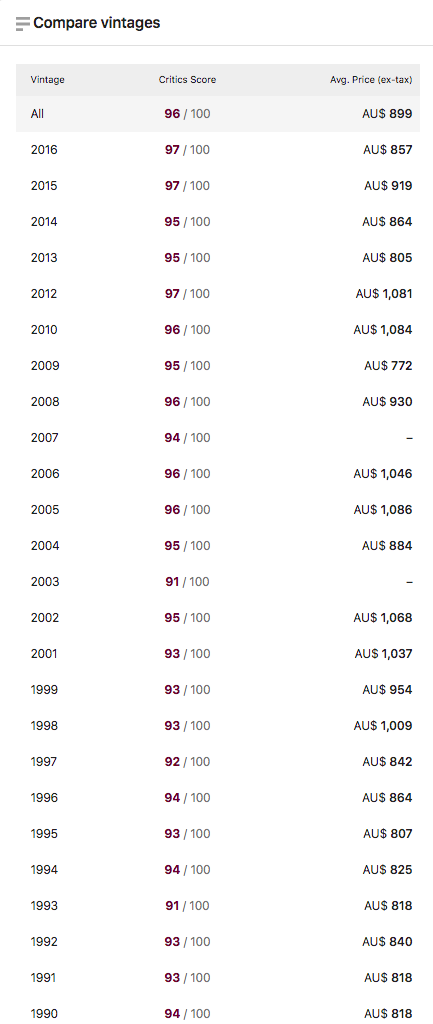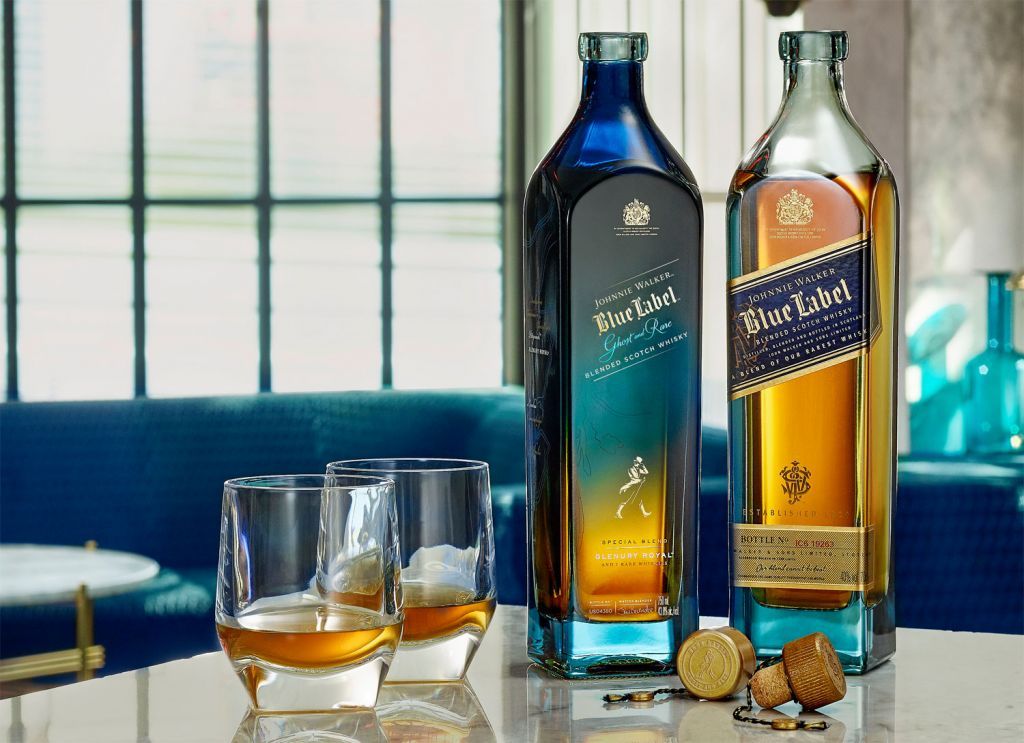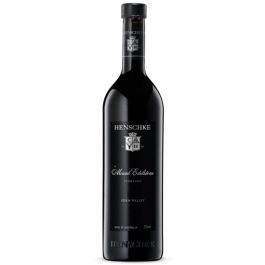Johann Christian Henschke, born on 24 December 1803, was from Silesia and fled his homeland for Australia in 1841. In 1862 he purchased land in what now is called Keyneton. In 1868 he produced the first vintage of about 300 gallons of wine. In 1891 his son Paul Gotthard Henschke bought some land near the Gnadenberg Church; that land is now known as 'the Hill of Grace vineyard. In the 1950s, Henschke started focusing on table wine instead of fortified wine that was more common in Australia at that time. In 1979 Stephen and Prue Henschke took over the running of the winery after Stephen’s father Cyril died.
Henschke is a wine estate in South Australia that produces a range of wines from the Eden Valley and surrounding subregions. It is particularly known for the intense, full-bodied Hill of Grace, made from Shiraz vines that are up to 150 years old, and its sibling from the Mount Edelstone vineyard. The former is one of the most expensive wines to be made in Australia, whilst the Mount Edelstone Shiraz is often thought of as being of similar quality at a more affordable price.
Founded in 1862 by Silesian immigrants, Henschke is one of the oldest wine producers in Australia and remains under the ownership of the family. Winemaker Stephen Henschke, educated at the Geisenheim Institute in Germany, and his viticulturist wife Prue are generally considered to be among the leading wine authorities in the country.
A wide range of wines are made from a handful of different vineyards, which are farmed according to biodynamic principles. Three of these are in the Eden Valley, in the cooler part of the Mount Lofty ranges just to the east of the Barossa Valley. The Hill of Grace vineyard is regarded as the hallowed ground of the Australian wine industry and has 20 acres (8ha), of which half is planted to low-yielding vines on their own rootstocks. The oldest block is known as the Godfathers; these vines date from the 1860s and are amongst the oldest in the winemaking world. While the Hill of Grace wine is made from Shiraz, the vineyard also has Sémillon, Riesling and Mataro (Mourvèdre) which go into other labels in the portfolio.
The Mount Edelstone Vineyard (anglicized from Edelstein and covering 40 acres) features low-yielding, widely spaced vines planted on their own rootstocks. The Henschke Eden Valley vineyard is located at an altitude of 1600 feet (500m) above sea level and is planted to Bordeaux red varieties, which are the basis of the Cyril Henschke Cabernet Sauvignon, plus Sémillon for the Louis cute, Gewürztraminer for the Joseph Hill label and the fruit for the Eleanor's Cottage Sauvignon Blanc.
A 32-acre (13-ha) vineyard at Lenswood in the Adelaide Hills, planted in the mid-1980s, provides Pinot Noir, Chardonnay, Merlot and Riesling. Additional fruit is sourced from top growers in the Eden and Barossa valleys and the Adelaide Hills.
Side notes!
* March 2014
The Henschke family vows to commission a new piece every year to honour the inspirational wine. On releasing the 2009 vintage of Hill of Grace to the global market in 2014, Stephen and Prue Henschke invited popular Australian poet Rupert McCall to write an ode to the wine, ‘Vines of Resilience’ to pay homage to the pioneers who planted the Hill of Grace vineyard in the 1860s.
In the inaugural Hill of Grace ‘artwork,’ McCall also toasted the still existing original plantings, affectionately known as ‘the Grandfathers’.
* April 2015
To share an insider’s view of the latest vintage of Hill of Grace, 2010, the Henschke family asked celebrated Barossan artist Rod Schubert to capture the essence of their ancestor vines in ‘a year graced by Radiance’. An image of Schubert’s triptych is included in each timber gift box of 2010 Hill of Grace. Limited edition prints are available for purchase from the winery.
* May 2015
‘Back in 1981, you could pick up a bottle of Henschke Hill of Grace 1977 for $5.70. Last week the newest vintage of the fabled Hill of Grace shiraz went on sale for $699.’ (The Australian, 15 May 2015)
Innovation
The main shift away from traditional practices is the use of screw caps instead of corks, due to the high level of leakage, random oxidation, crumbling corks and TCA. Stephen Henschke explains: ‘With screw-caps you encapsulate the wine as the winemaker intended the wine to be, and therefore the winemaker cannot blame the bad wine due to cork. We shifted to screw caps from 1996 with 10% in caps and 90% still in cork. The bottles with screw caps sold so fast that we shifted to screw caps fully in 2002.’ Since 2005 100% of ‘Hill of Grace’ is sold either with screw-cap or more recently under the new innovative glass Vino

Hill of Grace, the most famous vineyard, is 4 hectares of old vine shiraz featuring five different soil types, including the celebrated ‘Grandfather vines’ dating back some 155 years.
The grapes from the vines that commonly go into the Hill of Grace Shiraz blend originate from six distinct Shiraz blocks:
* Grandfathers (0.69 hectares/1.7 acres planted in 1860)
* Post Office Block 1 (0.51 hectares/1.26 acres planted in 1910)
* Post Office Block 2 (0.57 hectares/1.4 acres planted in 1965)
* Church Block (0.74 hectares/1.82 acres planted in 1952)
* House Block (1.08 hectares planted in 1951)
* Windmill Block (0.88 hectares/2.66 acres in 1956).




